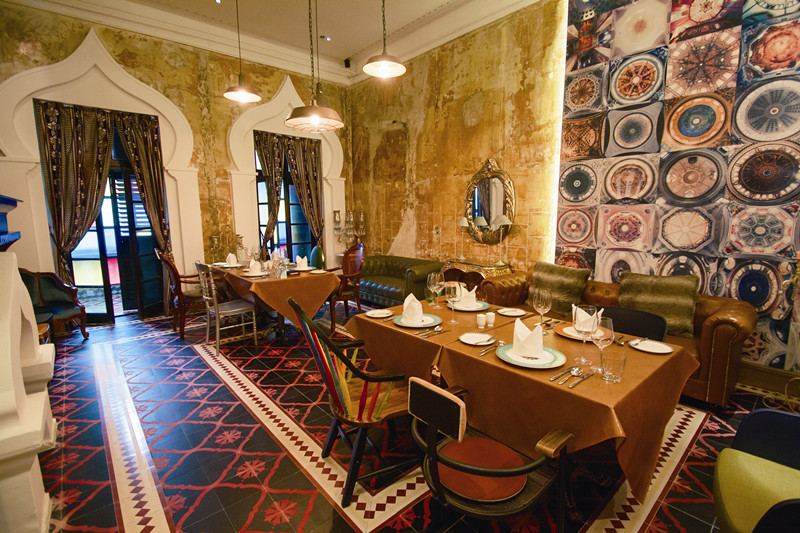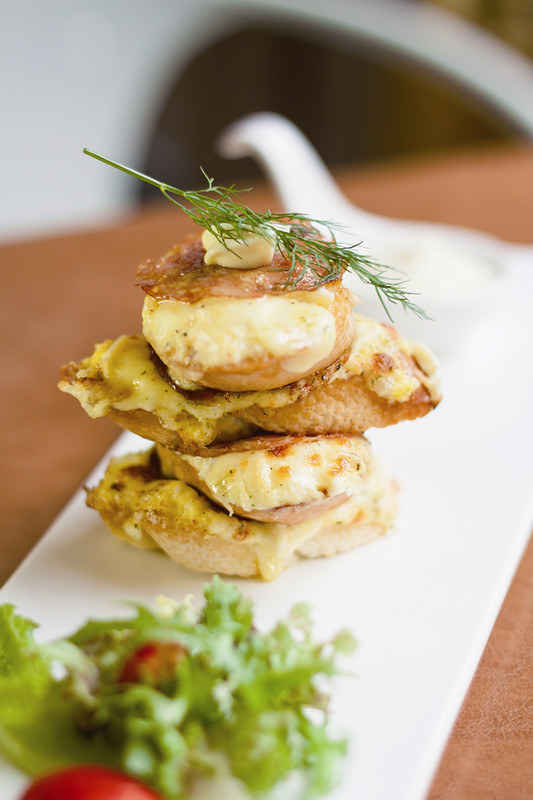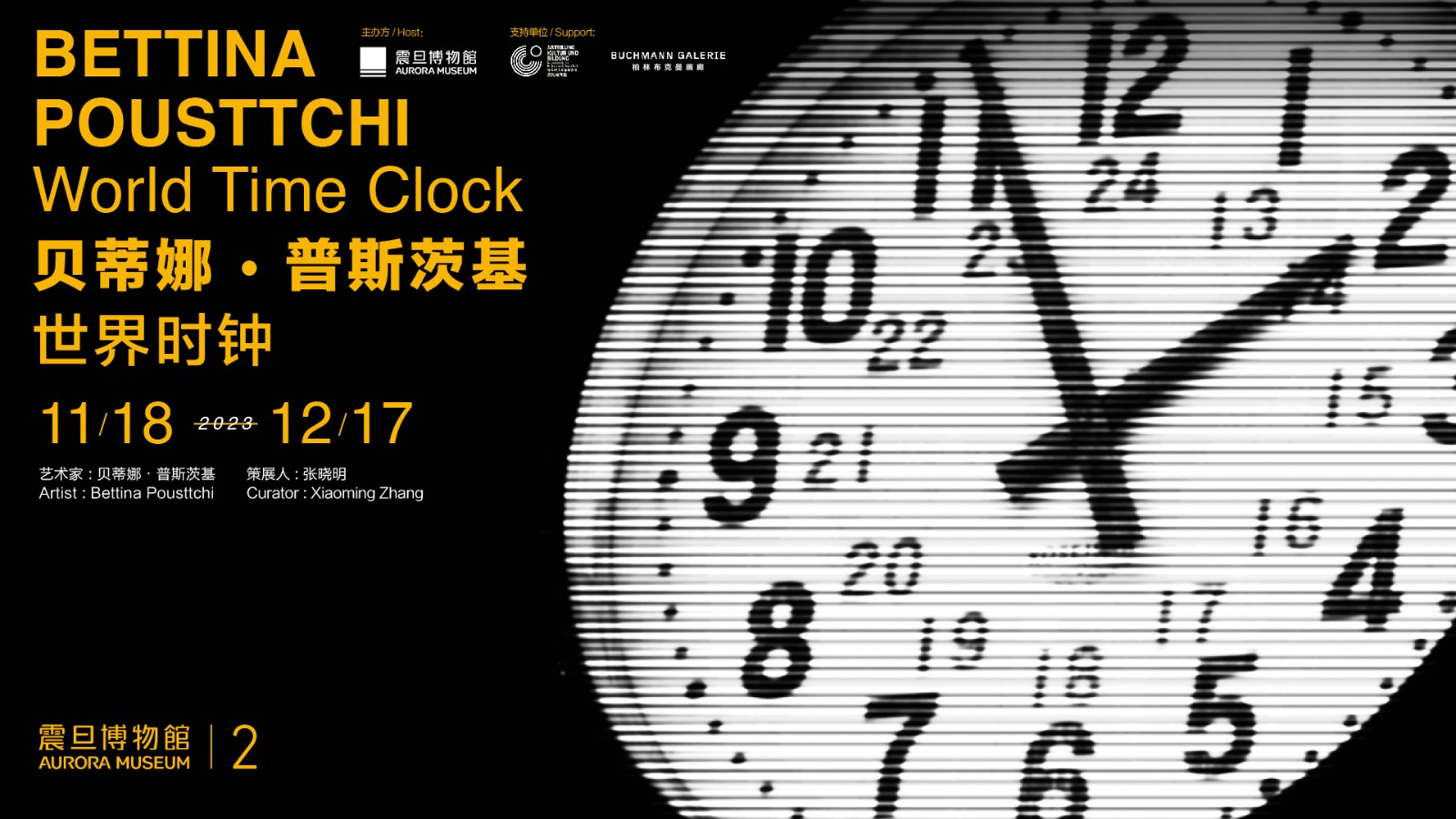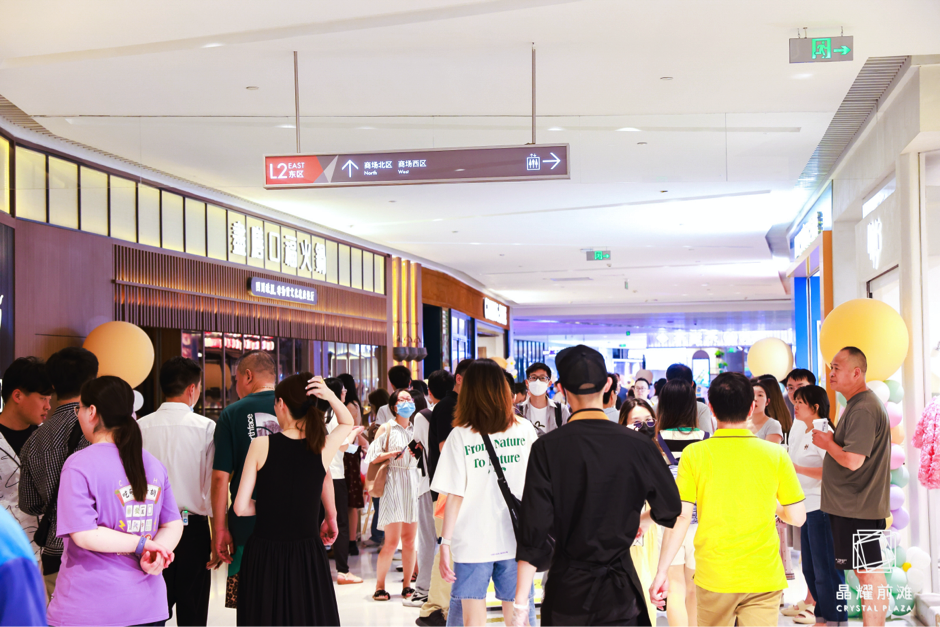New restaurant: Shameen 1618

More than a century ago, the mandarins of Canton designated a 44-acre sandbank as an enclave for foreign merchants to protect them from local resentment – at times murderous – after the Opium Wars. They called it Shameen Island, though it is more commonly known today as Shamian Island. In 1888, the Banque de I’Indochine settled down at 16-18 Shameen Nan Lu to much fanfare, issuing notes and representing international trade between France and China.
Fast-forward to 2014 and the three-story, 2,500-square-meter heritage estate is now a striking gray-hued art deco space that triples up as a restaurant, meeting venue and all-suite hotel. You can almost smell the wealth as you walk in, with its cash registers housed behind solid steel bars, suspended chandeliers, a musty, wooden redolence that speaks volumes about the building’s rich past and original fireplaces that have retained an ageless, graceful character. But Shameen 1618 is more than just that.

It’s eclectic. It’s eccentric. It’s eerie. It’s almost perplexing and little seems to match at first, yet somehow, just somehow, it all works in harmony. It’s Salvador Dali meets Michelangelo, Philippe Stark meets Dorothy Draper, Palace of Versailles meets Hunyad Castle and rococo meets renaissance. As if that weren’t enough, it cost the four owners a cool RMB15 million to embellish. Every inch of Shameen 1618 is a mystery waiting to be discovered, especially the second floor, where eight private rooms beckon for some surreptitious, almost cult-like good times.
Styled after countries and, interestingly enough, religions, the rooms – available for just about any purpose – exude an old-fashioned yet hip ode to their namesakes, with frescoed doors signifying hints of patriotic boldness and mischief, spiced up with uncommon but refreshing color contrasts. The French room is adorned with velveteen curtains, vintage, one-off pieces, nouveau tableware and sky-accented walls. The Japanese room features a sunken dining table while the Zoroastrianism chamber is a Persian fantasy, swanky and plush, a throwback to the days when the China Canton Anjuman ruled its diaspora in the early 1830s.
The America, Germany, Russia, Holland and China spaces follow suit, outfitted as though affluent nomads ran amuck picking imported tile art, knick-knacks and curios to fill every corner.
The third floor is meant for those with a tendency to over-indulge on their wide selection of vino and liquors. Four majestic rooms with balconies and open-air patios offer up a lair complete with a sauna and top-notch mod cons, at a cost ranging from RMB1,900 to 2,900 a night. It’s not cheap, but this is as boutique as it gets.
 But it was food, excellent service and a few nightcaps that we were after, so we headed back down to the first floor, where a fully-stocked bar and daring dishes, inspired by Canton’s melting pot of cultures, await. The menu features Italian, Thai, Chinese and Japanese gastronomy, all very reasonably priced considering the attention to detail and quality ingredients.
But it was food, excellent service and a few nightcaps that we were after, so we headed back down to the first floor, where a fully-stocked bar and daring dishes, inspired by Canton’s melting pot of cultures, await. The menu features Italian, Thai, Chinese and Japanese gastronomy, all very reasonably priced considering the attention to detail and quality ingredients.
Pan-fried foie gras with balsamic vinegar (RMB138) is a treat, effortlessly parting under the knife, complemented by the sweetness of stewed apple and French bread. Wild mushroom cream soup (RMB48) is smooth and palatable, and the Thai spicy and sour seafood soup (RMB88) comes with generous dashes of lemongrass and lime.
As for mains, the grilled Angus beef tenderloin with truffle (RMB198/200 grams) and the deep-fried crab with curry (RMB168) take the senses to dizzying heights, making one wonder what else lies hidden in this Aladdin’s cave.
Rounding off the meal nicely are drinks by artistic mixologist Kitho Yip and decadent, to-die-for bites of hot chocolate pudding (RMB48).
Shameen 1618 is one of those places where we’ll have to keep returning, just so we can continue to slowly and lovingly peel back those enigmatic, artistic layers, one at a time. All RMB15 million of them.
// 16-18 Shamian Nan Lu, Shamian Island, Liwan District 荔湾区沙面岛沙面南路16-18号 (8121 1618)
Get the weekly newsletter!
Sign up to get the entertainment, lifestyle and event news from Urban Family every week!Classified Posts
News























